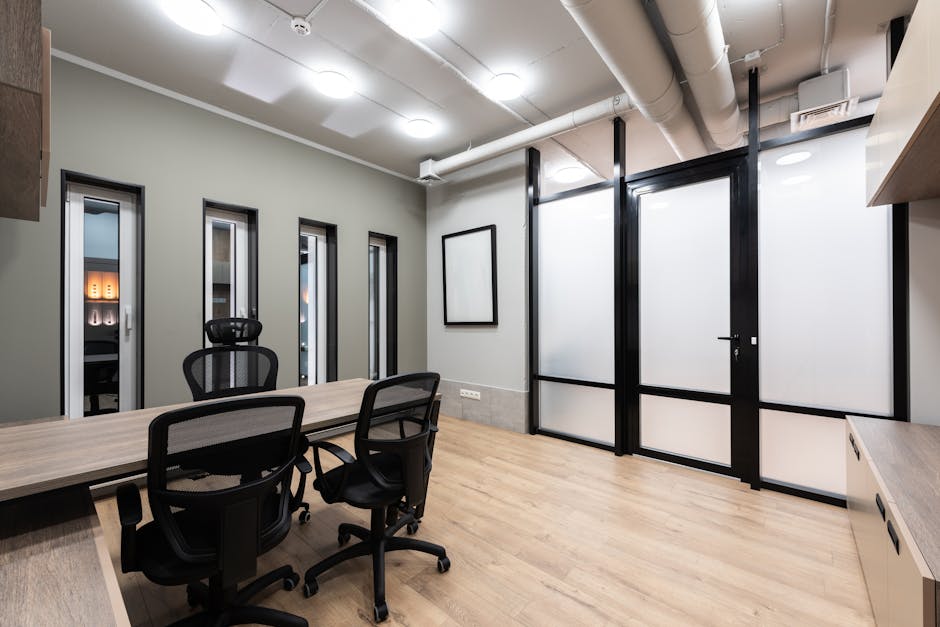Revolutionizing Meeting Room Management: The Ultimate Guide to Booking Systems
“This comprehensive guide explores the world of meeting room booking systems and how they can revolutionize your office space management. From key features to best practices, learn how to streamline your booking process and optimize your meeting rooms for maximum efficiency. ”

In today's fast-paced corporate world, efficient meeting room management is crucial for productivity and collaboration. A well-designed meeting room booking system can streamline the process, reduce conflicts, and optimize space utilization. This ultimate guide will walk you through the essentials of implementing a robust booking solution for your office.

Why Invest in a Meeting Room Booking System?
Traditional methods of managing meeting rooms, such as paper sign-up sheets or shared calendars, often lead to double bookings, no-shows, and underutilized spaces. A dedicated booking system eliminates these issues by providing:
- Real-time availability: Users can instantly see which rooms are available and when.
- Easy reservation: Booking a room is as simple as a few clicks or taps.
- Conflict prevention: The system automatically prevents double bookings and overlaps.
- Analytics and reporting: Gain insights into meeting room usage and trends.

Key Features to Look for in a Booking System
When selecting a meeting room booking system, consider the following essential features:
- User-friendly interface: The system should be intuitive and easy to navigate for all users.
- Mobile compatibility: Enable booking on-the-go with mobile apps or responsive web design.
- Integration with existing tools: Look for seamless integration with your calendar and communication platforms.
- Customization options: Tailor the system to your specific needs, such as room capacity, equipment, and branding.
- Robust reporting: Generate detailed reports on room utilization, booking trends, and more.
Best Practices for Implementing a Booking System
To ensure a smooth transition and maximum adoption, follow these best practices:
- Involve stakeholders: Engage key stakeholders, such as HR, IT, and facilities teams, in the selection and implementation process.
- Provide training: Offer comprehensive training sessions to familiarize users with the new system.
- Establish clear policies: Define booking rules, cancellation procedures, and usage guidelines.
- Monitor and optimize: Regularly review system data and user feedback to identify areas for improvement.

The Benefits of a Well-Managed Meeting Room Ecosystem
Implementing a meeting room booking system is just the first step in creating a well-managed meeting room ecosystem. By combining the right technology, policies, and workplace design strategies, you can:
- Enhance employee experience: Provide a seamless booking process and well-equipped meeting spaces.
- Increase productivity: Minimize time spent searching for available rooms and dealing with conflicts.
- Optimize space utilization: Make data-driven decisions to right-size your meeting room inventory.
- Reduce costs: Eliminate the need for manual booking management and optimize energy consumption.

Conclusion
A meeting room booking system is a game-changer for modern offices. By streamlining the reservation process, preventing conflicts, and providing valuable insights, it empowers organizations to make the most of their meeting spaces. Invest in a robust solution, follow best practices, and watch your meeting room ecosystem thrive.